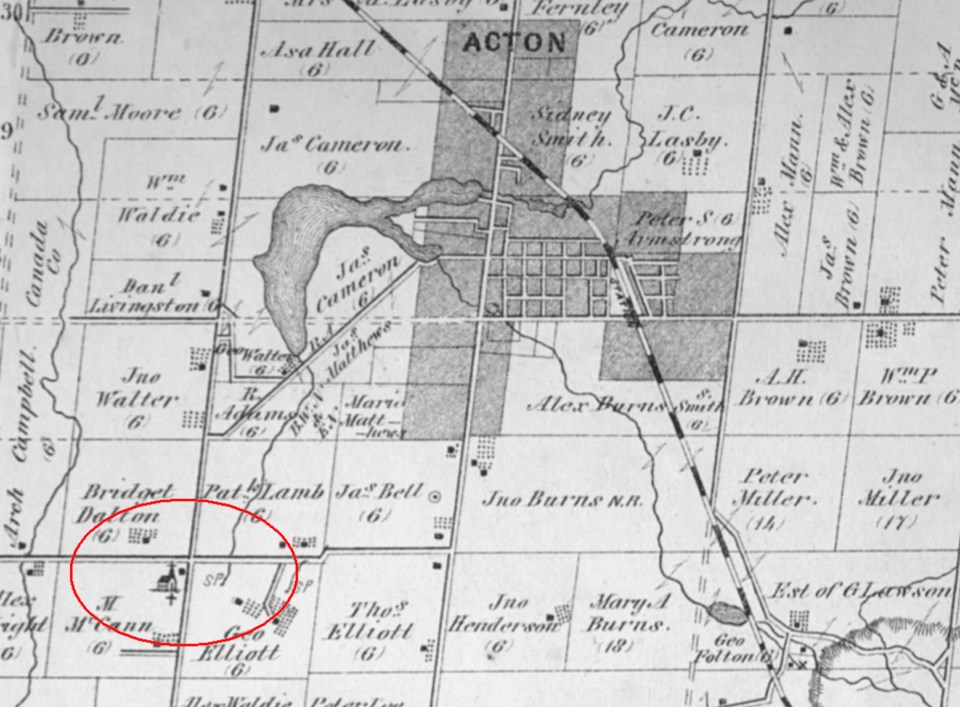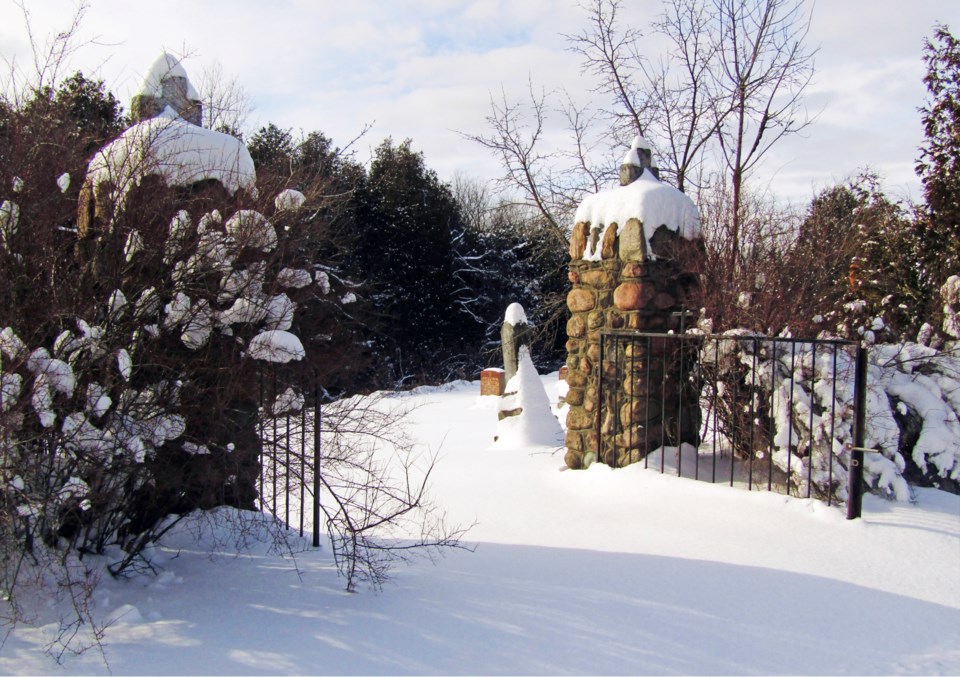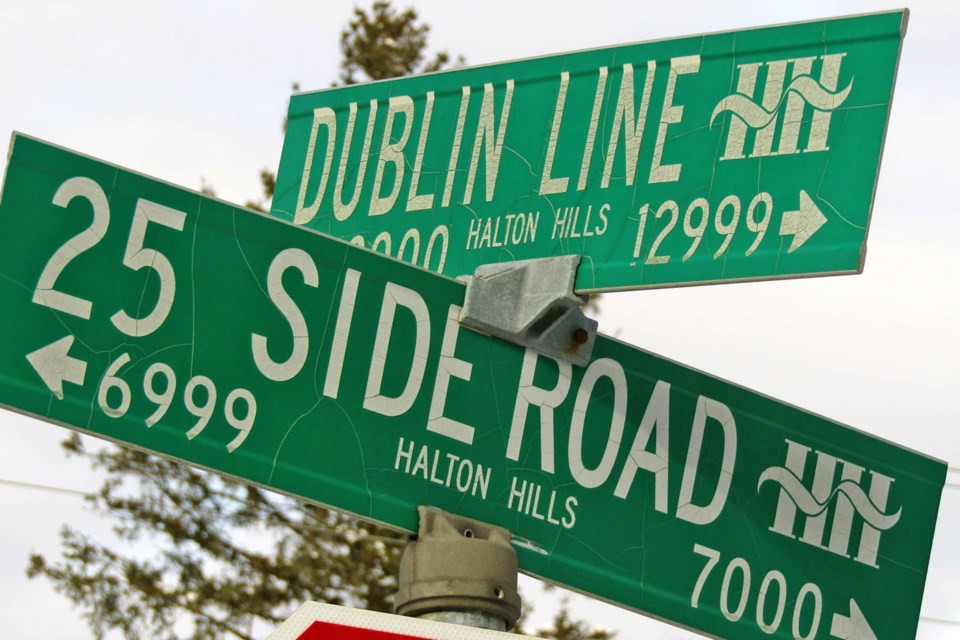The British and Scottish settlers played quite a role in the formation of Esquesing, but it would be remiss not to mention that the Irish contributed to the early building of the township, which makes up present-day Halton Hills.
During the early years of Esquesing Township, it has been noted that Irish settlers were scattered throughout the rural area, such as around Georgetown, Acton, and the border hamlet of Ballinafad, with the latter named by Thomas Merry, a native of Ireland.
While Irish settlers sparsely settled across Esquesing, it was a settlement known as “Little Dublin” where they mostly called home during the early years.
Situated just southwest of Acton, at the intersection of 25 Sideroad and First Line, Little Dublin came to be in the mid-1830s.

It was named after Dublin, Ireland, where Matthew and Honora McCann, along with four other Irish families, began to carve farms out of a stubborn Esquesing wilderness.
Most of Canada’s Irish settlers were forced to cross the Atlantic due to a series of potato famines between the 1820s and 1850s. They mostly kept to themselves, settling in their own rural communities such as Little Dublin, as the Irish were often unjustifiably used as scapegoats and got blamed for everyone else’s problems, from lack of jobs to overpopulation.
Additionally, the Irish were discriminated against due to many of them being Roman Catholic compared to the prominent Protestant faith of the English and Scottish.
This often meant the Irish had to have a church of their own located outside a town or village as they feared hostility, which was the case for the settlers of Little Dublin.
It was in 1856 when Little Dublin would receive a deed for two acres of land that was given to the Catholic Corporation of the Diocese of Hamilton to build a frame church. Work started on the church on March 18, 1857, a day after St. Patrick’s Day and a day before the feast of St. Joseph. The church was called St. Joseph’s perhaps at the behest of the parish priest, a Jesuit of French origin.
The adjoining burial ground beside where the church once stood tells a story of privation, diphtheria and cholera epidemics that raged through the middle of the 19th century throughout many of the township’s communities.

Eventually, to accommodate a growing parish, the Catholics purchased the former Congregationalist Church at Acton on Church Street in 1882, but moved back to Little Dublin in a matter of months. Four years later, area Roman Catholics permanently relocated to the same church building, where they still gather to this very day.
By the start of the 20th century, most of the enmity had faded and the Irish Roman Catholics were generally accepted within the towns and villages, especially after the First World War. Relations continued to grow, as for several decades the Orange Lodge 12th of July celebrations were often a highlight of the year in Acton, with parades that drew thousands to celebrate the 1690 Battle of Boyne.
While the original settlement of Little Dublin has mostly faded off the map, to this day, there remains the historic St. Joseph Cemetery, and the First Line of Halton Hills is named Dublin Line in recognition of a community that contributed to the early formation of Esquesing Township.



